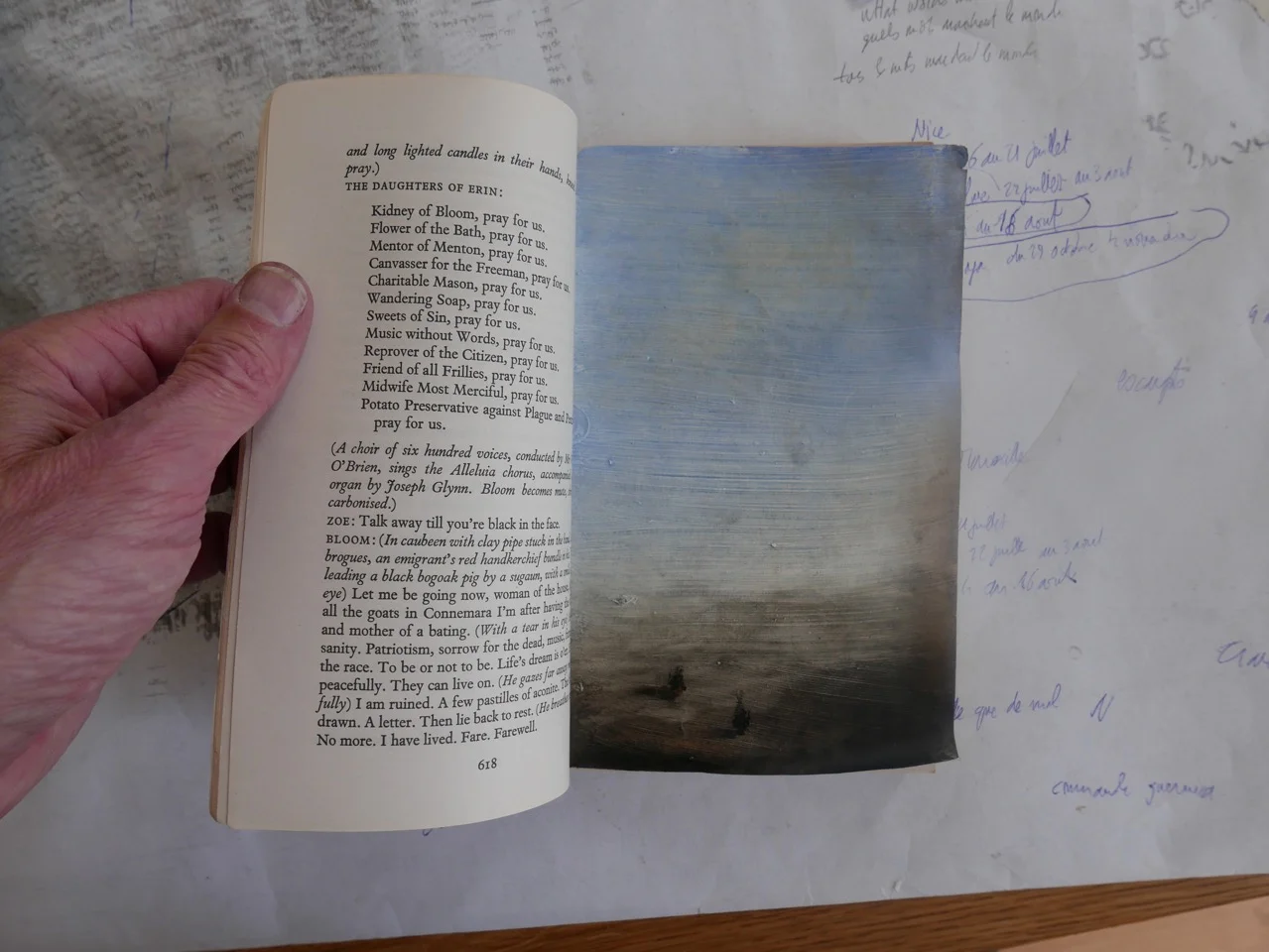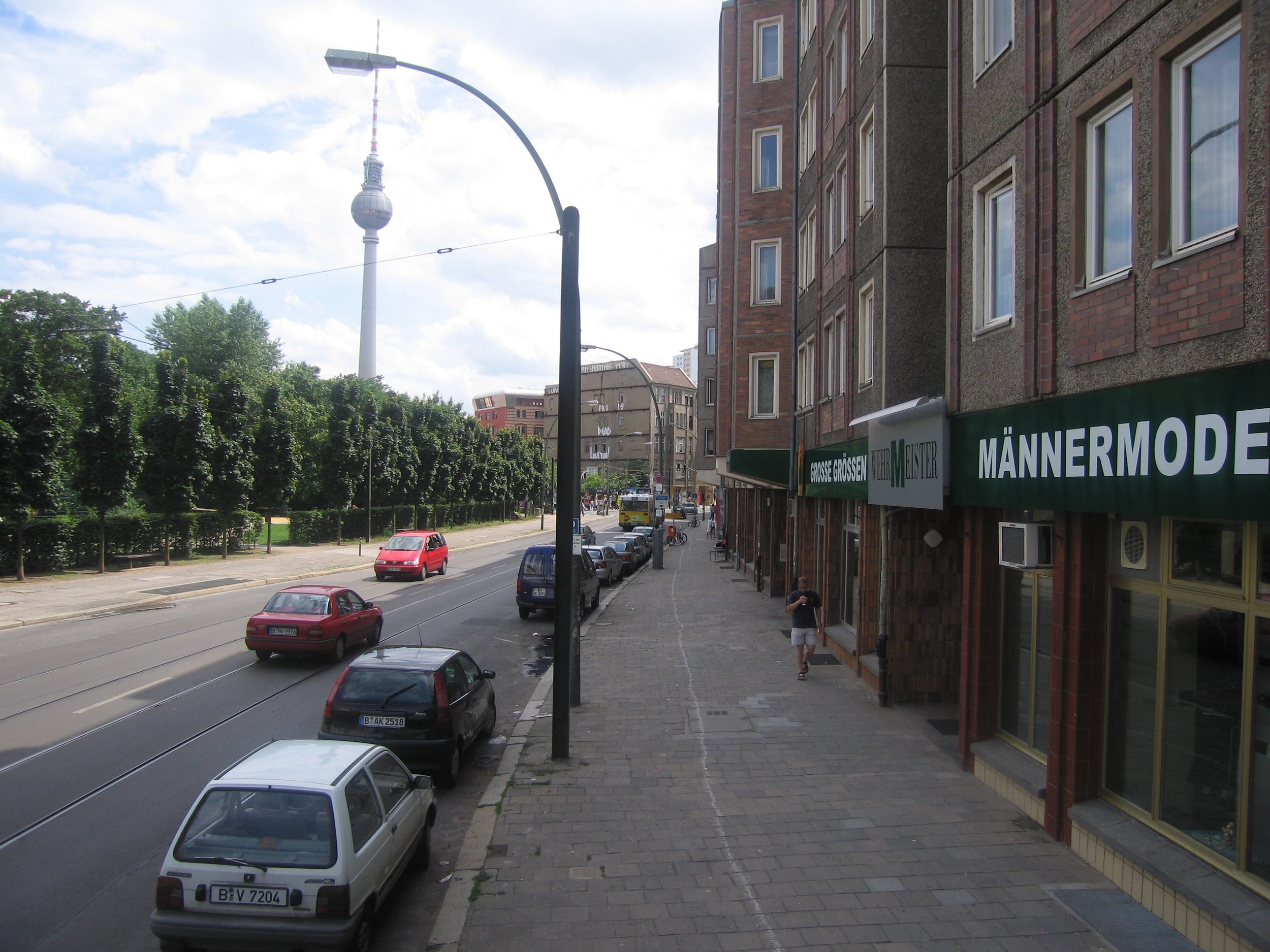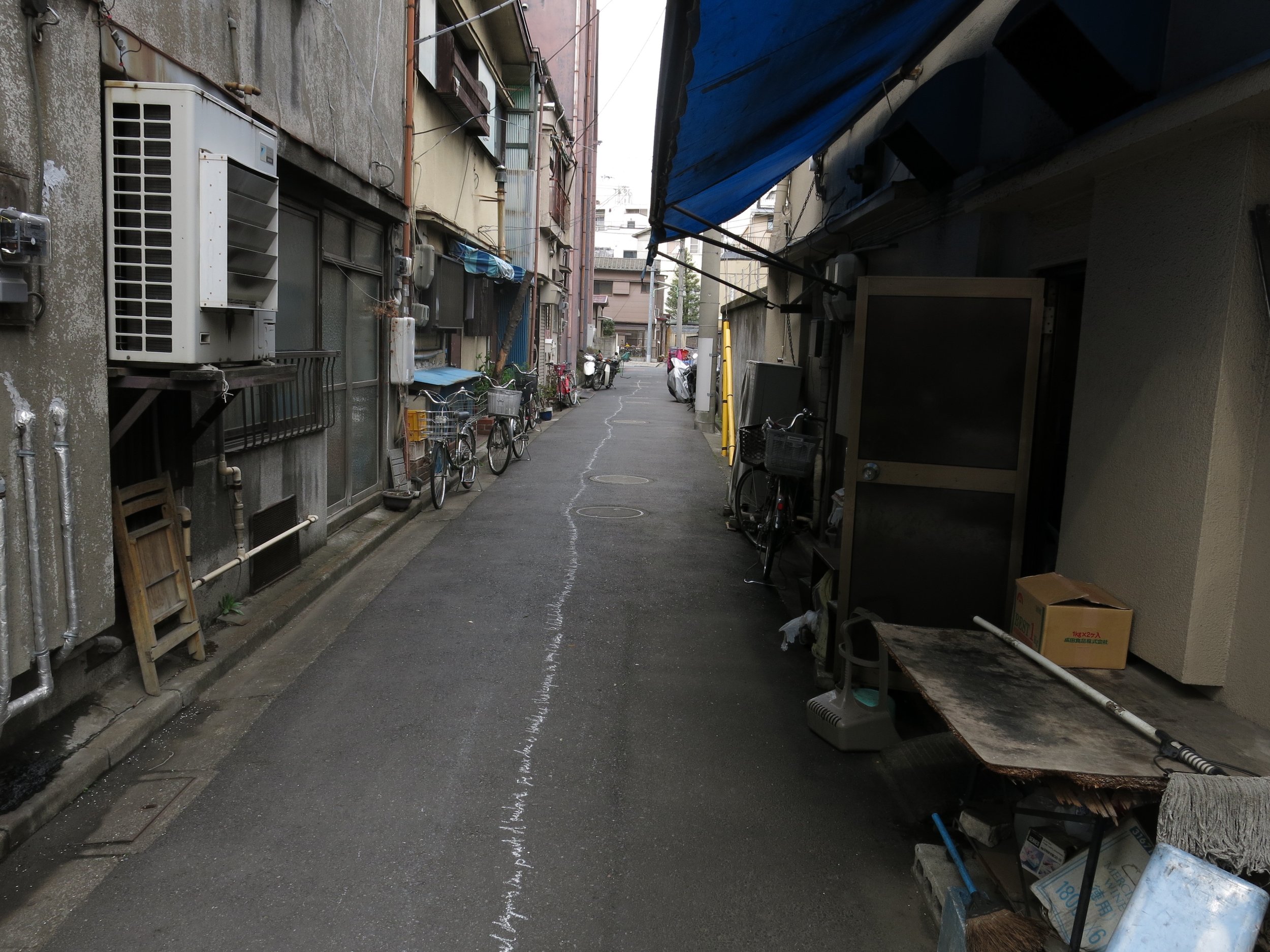....
Né en 1964, Jean-Christophe Norman vit et travaille à Marseille. Il s’est engagé dans un travail protéiforme, dont les fondements sont basés sur la répétition, l’écriture et la marche, tant mentale que physique.
Invité à réaliser une résidence au FRAC Lorraine en 2006, il est également exposé au Musée des arts décoratifs de Paris dans le cadre de l’exposition «Le contemporain dessiné». En 2016, Il réalise une performance intitulée «Un jour - Une nuit» au Musée national Picasso-Paris. Il crée en 2017 au Musée d’art contemporain du Val-de-Marne une installation in situ autour de la réécriture, pour laquelle le public est invité à assister au recouvrement d’une des cimaises de l’institution. Entre octobre 2016 et février 2017, le Centre Dürrenmatt avec «Matières» présente la première grande exposition personnelle de Jean-Christophe Norman en Suisse. Intitulé du même nom que l’exposition, le n°14 des Cahiers du Centre Dürrenmatt est publié à l’occasion.
Débuté en 2017 et achevé fin 2018, Jean-Christophe Norman prend part au projet «Picasso- Méditerranée» avec «Terres à Tierra», en réécrivant à l’aide de craies blanches et de façon exhaustive, de villes en villes selon un parcours prédéfini (Marseille, Nice, Rome, Barcelone, Paris, Madrid et Malaga), le livre de Pierre Daix «La vie de peintre de Pablo Picasso».
Son travail est exposé en 2018 au sein de l’exposition collective «L’empreinte de la mémoire» au FRAC Franche-Comté, au Magasin des Horizons à Grenoble dans le cadre de l’exposition «JE MARCHE DONC NOUS SOMMES», au MAC VAL dans «Persona grata». En collaboration avec le Magasin des Horizons, Jean-Christophe Norman présente en la même année, sa performance «Ulysses, a long way» au Centre national de la Danse à Pantin.
Présenté à Drawing Now 2019 par la Galerie C, Jean- Christophe Norman réalise en partenariat avec la Fondation Ricard et suite à la proposition de Joana Neves une performance dans le cadre dudit salon.
En 2019, le travail de Norman est exposé au sein de l’espace ZOO galerie à Nantes ainsi que dans le cadre de l’exposition «Picasso, obstinément méditerranéen» au Musée national-Picasso Paris. Il prend également part à l’exposition collective «Bis repetita placent» à l’Espace de l’Art Concret à Mouans- Sartoux qui s’inscrit dans le programme de la manifestation «Des marches, démarches» organisée en collaboration avec le FRAC PACA. «Terre à terre», une installation in situ réalisée au MACVAL en 2017 est visible au sein de l’exposition «Persona grata ?» en mars 2019.
En 2020, Jean-Christophe Norman prend part à l’exposition collective «Le vent se lève» présentée au MACVAL ainsi qu’à l’exposition «Ways of Seeing. A curatorial essay from the collection of videos of Frac» au MUNTREF, Buenos Aires, Argentine dans le cadre du partenariat local de Plateform (réseau des Frac). Une monographie intitulée «Mundo diffuso» est parue chez 02 éditions et aux éditions de la Galerie C en 2019. À l’automne 2021, une exposition monographique «Brouhaha» est consacrée à Jean-Christophe Norman au FRAC Provence-Alpes-Côte d’Azur. À cette occasion est paru un ouvrage édité par Manuella Éditions, coproduit par le FRAC PACA et la Galerie C. Entre 2022 et 2023, il participe à l’exposition «Faut-il voyager pour être heureux ?» à l’ Espace Fondation EDF à Paris. En 2024, son travail est exposé dans le cadre de l’exposition de la collection du Frac Picardie au Cheongju Museum of Art en Corée pour l’exposition «Extraordinary Voyages», dans l’exposition «Journal intime, carnet de voyage et livre de bord» au CAC Meymac et à la 4ème Biennale de design de Rimini en Italie. A l’automne 2024, Jean-Christophe Norman présentera une installation monumentale à la Biennale de Lyon 2024, un travail de longue haleine autour de l’oeuvre «Le fleuve sans rives» de Hans Henny Jahnn.
Ses oeuvres sont présentes dans les collections du MAC VAL à Vitry-sur-Seine, du Frac PACA et du Frac Picardie à Amiens.
..
Born in 1964, Jean-Christophe Norman lives and works in Marseille. His protean work is based on repetition, writing and walking, both mental and physical.
Invited to carry out a residency at the FRAC Lorraine in 2006, he was also exhibited at the Musée des arts décoratifs in Paris as part of the “Le contemporain dessiné” exhibition. In 2016, he created a performance entitled “Un jour - Une nuit” at the Musée national Picasso-Paris. In 2017, at the Musée d'art contemporain du Val-de-Marne, he created an in situ installation around rewriting, for which the public was invited to witness the covering of one of the institution's picture rails. Between October 2016 and February 2017, the Centre Dürrenmatt with “Matières” presents Jean-Christophe Norman's first major solo exhibition in Switzerland. Entitled with the same name as the exhibition, n°14 of the Cahiers du Centre Dürrenmatt is published for the occasion.
Begun in 2017 and completed at the end of 2018, Jean-Christophe Norman is taking part in the “Picasso- Méditerranée” project with “Terres à Tierra”, rewriting Pierre Daix's book “La vie de peintre de Pablo Picasso” (The Painter's Life of Pablo Picasso) exhaustively, from city to city according to a predefined itinerary (Marseille, Nice, Rome, Barcelona, Paris, Madrid and Malaga), using white chalk.
Her work is exhibited in 2018 in the group show “L'empreinte de la mémoire” at FRAC Franche-Comté, at Magasin des Horizons in Grenoble as part of the exhibition “JE MARCHE DONC NOUS SOMMES”, at MAC VAL in “Persona grata”. The same year, in collaboration with Magasin des Horizons, Jean-Christophe Norman presents his performance “Ulysses, a long way” at the Centre national de la Danse in Pantin.
Presented at Drawing Now 2019 by Galerie C, Jean-Christophe Norman, in partnership with the Fondation Ricard and following a proposal by Joana Neves, creates a performance as part of the fair.
In 2019, Norman's work will be exhibited at the ZOO galerie in Nantes and as part of the “Picasso, obstinément méditerranéen” exhibition at the Musée national-Picasso in Paris. He also took part in the group show “Bis repetita placent” at the Espace de l'Art Concret in Mouans-Sartoux, part of the “Des marches, démarches” program organized in collaboration with the FRAC PACA. “Terre à terre”, an in situ installation created at MACVAL in 2017, will be on view as part of the ‘Persona grata?’ exhibition in March 2019.
In 2020, Jean-Christophe Norman takes part in the group show “Le vent se lève” presented at the MACVAL and in the exhibition “Ways of Seeing. A curatorial essay from the collection of videos of Frac” at MUNTREF, Buenos Aires, Argentina, as part of Plateform's local partnership (Frac network). A monograph entitled “Mundo diffuso” was published by 02 éditions and Galerie C éditions in 2019. In autumn 2021, a monographic exhibition entitled “Brouhaha” will be devoted to Jean-Christophe Norman at the FRAC Provence-Alpes-Côte d'Azur. This will be accompanied by the publication of a book by Manuella Éditions, co-produced by FRAC PACA and Galerie C. Between 2022 and 2023, he takes part in the exhibition “Faut-il voyager pour être heureux?” at the Espace Fondation EDF in Paris. In 2024, his work is exhibited as part of the Frac Picardie collection at the Cheongju Museum of Art in Korea for the “Extraordinary Voyages” exhibition, in the “Journal intime, carnet de voyage et livre de bord” exhibition at CAC Meymac and at the 4th Rimini Design Biennial in Italy. In autumn 2024, Jean-Christophe Norman will present a monumental installation at the Biennale de Lyon 2024, a long-term project based on the work “Le fleuve sans rives” by Hans Henny Jahnn.
His works can be found in the collections of MAC VAL in Vitry-sur-Seine, Frac PACA and Frac Picardie in Amiens.
....




















